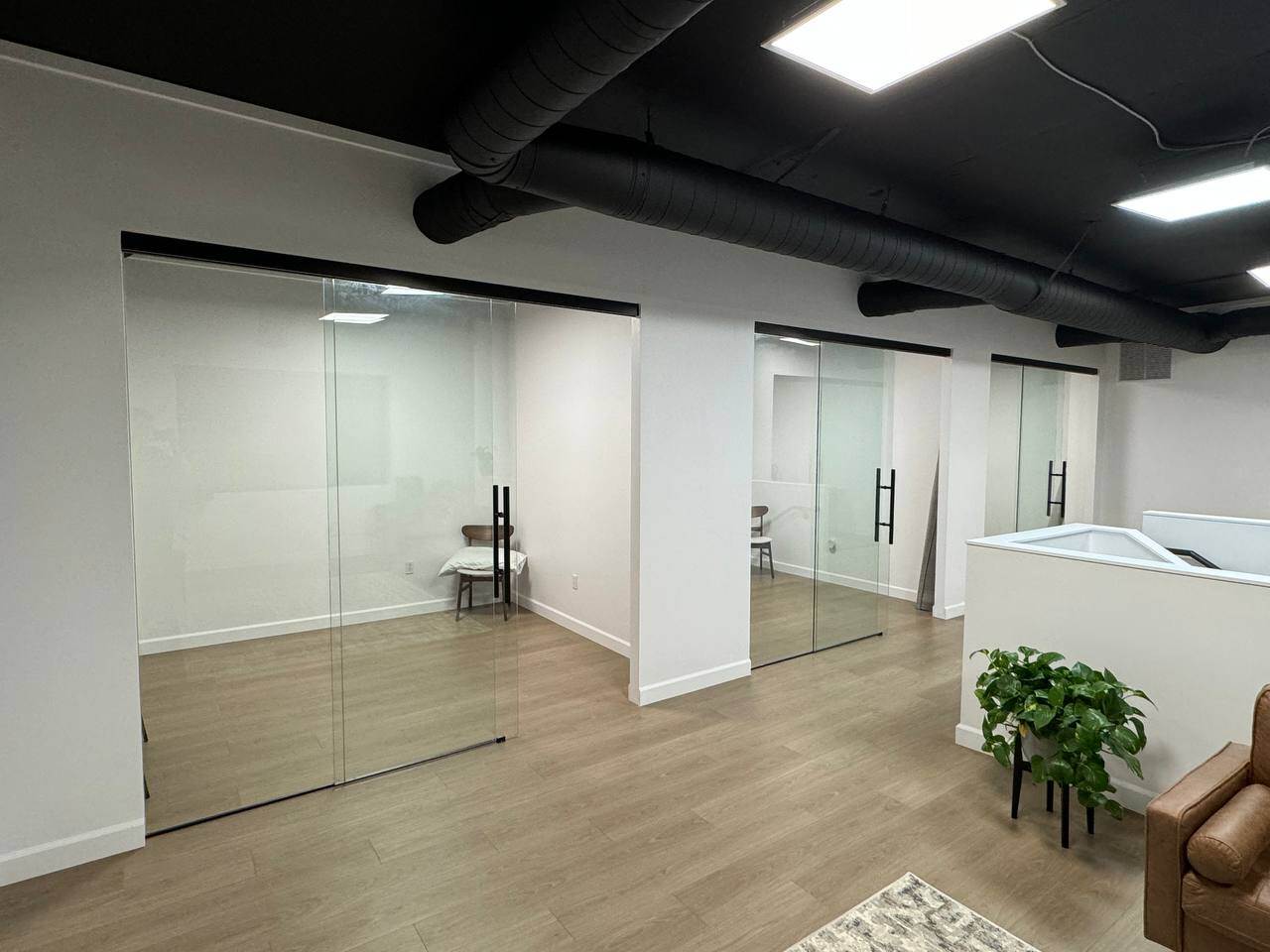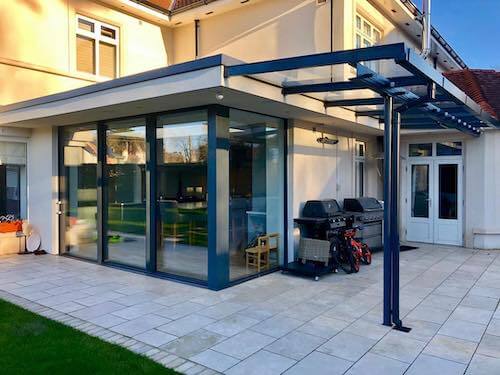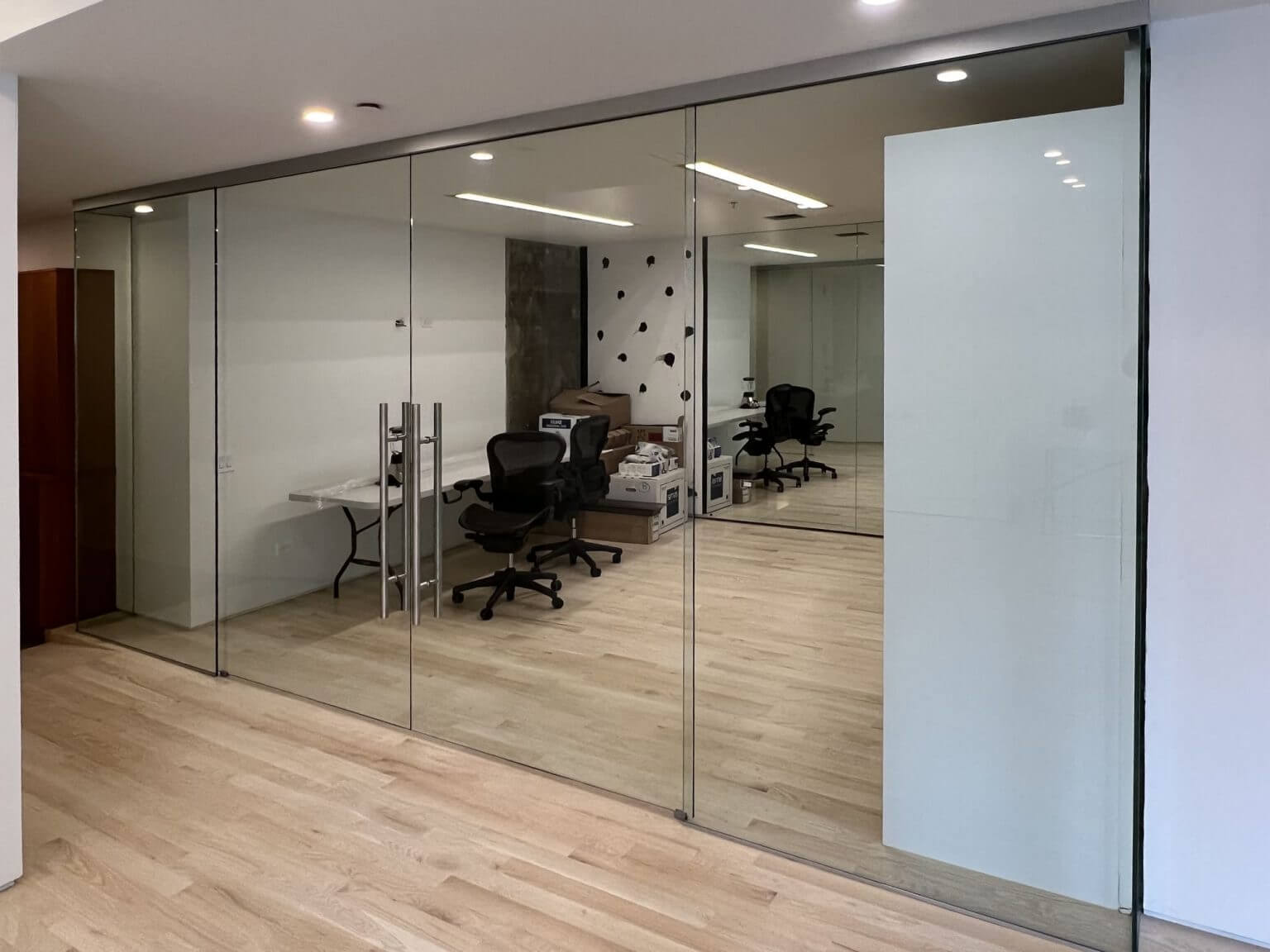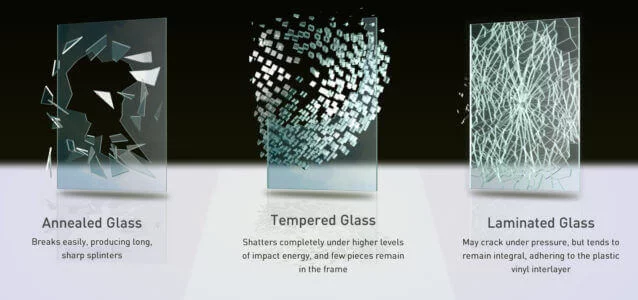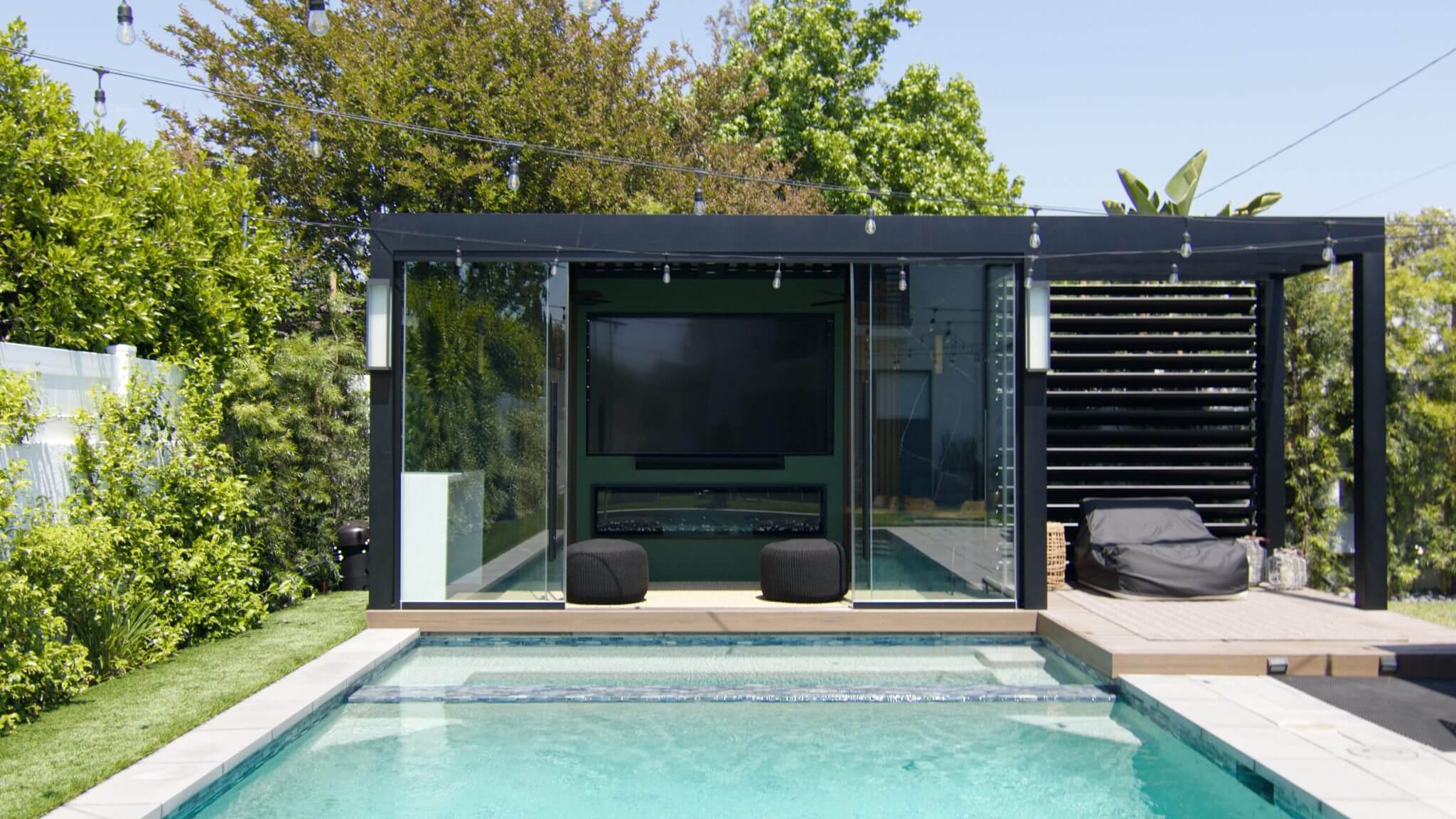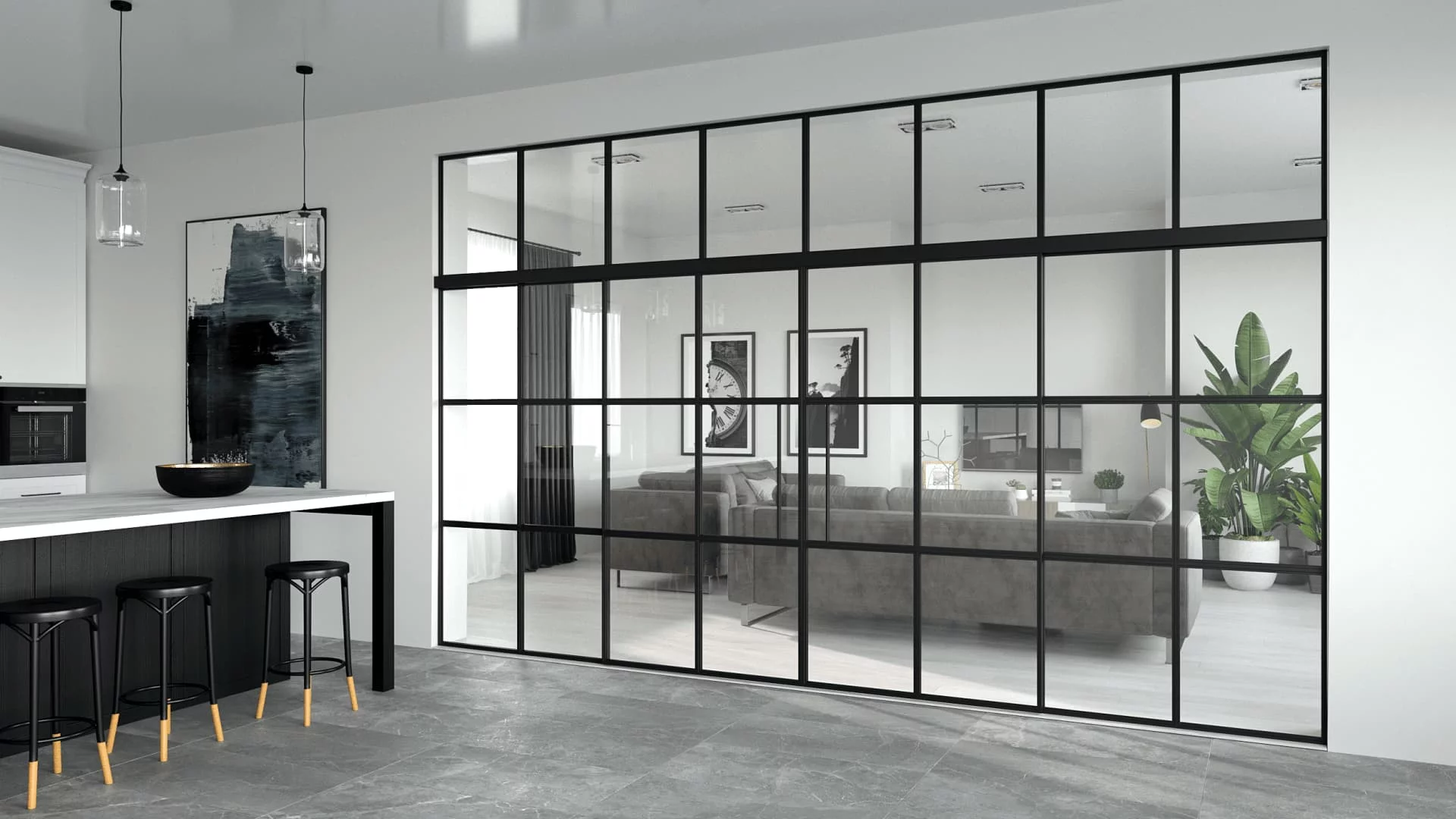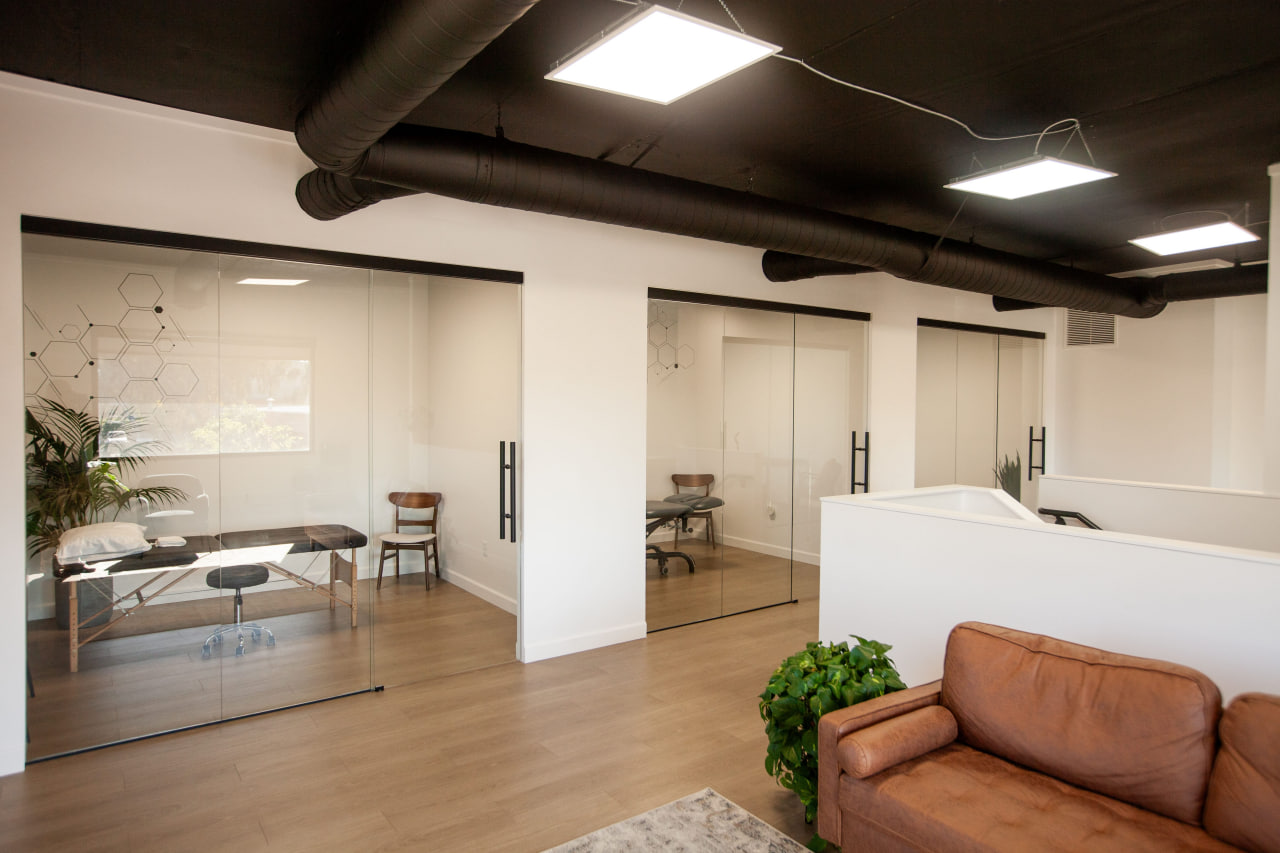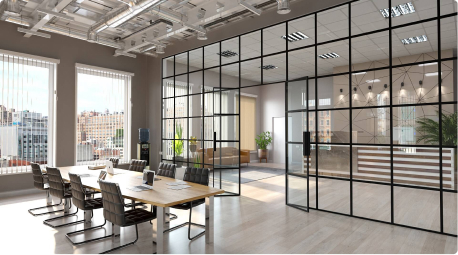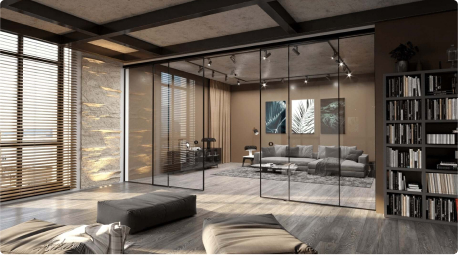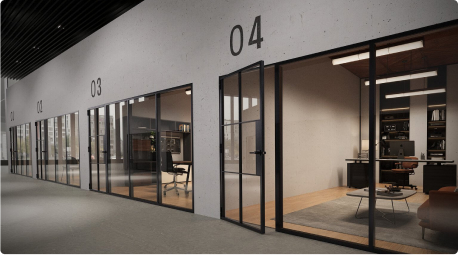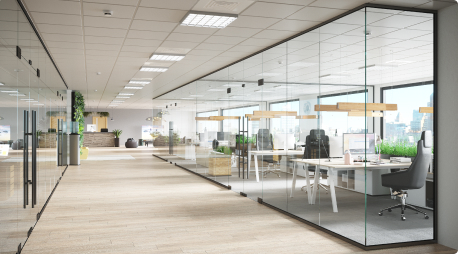Introduction
Floor-to-ceiling glass doors have gradually turned into a hallmark feature of contemporary architectural style, creating a seamless connection between interior and exterior spaces. These doors not only add elegance to your home but also offer functional benefits such as increased natural light and a sense of expanded space. In this article, we will explore six modern design ideas for floor-to-ceiling glass doors that are perfect for any house or office.
Visual Expansiveness – Glass Partitions
Floor-to-ceiling glass doors create a sense of visual expansiveness. They open up any room, making it feel more airy and connected to the outside environment. Incorporating these doors in your home can transform an ordinary room into a large, airy area filled with natural light and stunning views.
Styles and Designs in Glass Doors – Design Considerations
Selecting the right style and design for floor-to-ceiling glass doors can be a challenge, but there are thousands of options to fit any architectural style. From sleek modern lines to industrial looks, these doors can complete your design vision, whether it is simple or eclectic.
Architectural Integration
Floor-to-ceiling glass doors fit perfectly with modern, contemporary, and industrial architectural styles. They can be used to separate open-plan homes into distinct areas while maintaining an open feel. Additionally, these doors are ideal for offices, creating elegant dividers that foster a sense of openness among staff.
Maximizing Natural Light – Ideas of Design in Modernism
One of the key benefits of floor-to-ceiling glass doors is their ability to maximize natural light. These doors allow sunlight to flood into your home, significantly reducing the need for artificial lighting and creating a warm, inviting atmosphere. This not only enhances the aesthetic appeal of your space but also improves energy efficiency, potentially lowering your utility bills.
Illusion of More Space
Transparent barriers like floor-to-ceiling glass doors create the illusion of more space. This design is especially beneficial in smaller homes or offices, where it can make rooms feel larger and more open. The continuous flow of space without solid walls provides a sense of freedom and expansiveness.
Elegant Transitions
Floor-to-ceiling glass doors serve as sophisticated transitions between different areas of your home. Whether dividing the living room and dining area or separating the bedroom from a private balcony, these doors offer a touch of elegance and modernity. The seamless transitions they provide help maintain a cohesive design throughout your home.
Advanced Solutions for Privacy
For those concerned about privacy, smart glass options are available. These innovative doors can switch between transparency and opacity with the touch of a button, providing privacy when needed while still allowing light to pass through. This technology is perfect for both residential and office spaces, offering flexibility and control over your environment.
Real-World Examples – Case Studies/Real-World Applications
Many homes and offices have beautifully transformed their spaces with floor-to-ceiling glass doors. For instance, a modern beach house used these doors to create a continuous view of the ocean, making the interior feel like an extension of the outdoors. In another example, an urban office space installed floor-to-ceiling glass partitions to foster collaboration while maintaining individual work areas. These case studies highlight the versatility and impact of floor-to-ceiling glass doors.
Conclusion
Floor-to-ceiling glass doors are a versatile and stylish addition to any home or office. By maximizing natural light, creating an illusion of space, and offering innovative privacy solutions, these doors can transform your living or working environment. Consider incorporating one of these six modern design ideas to elevate your space and enjoy the benefits of floor-to-ceiling glass doors.
